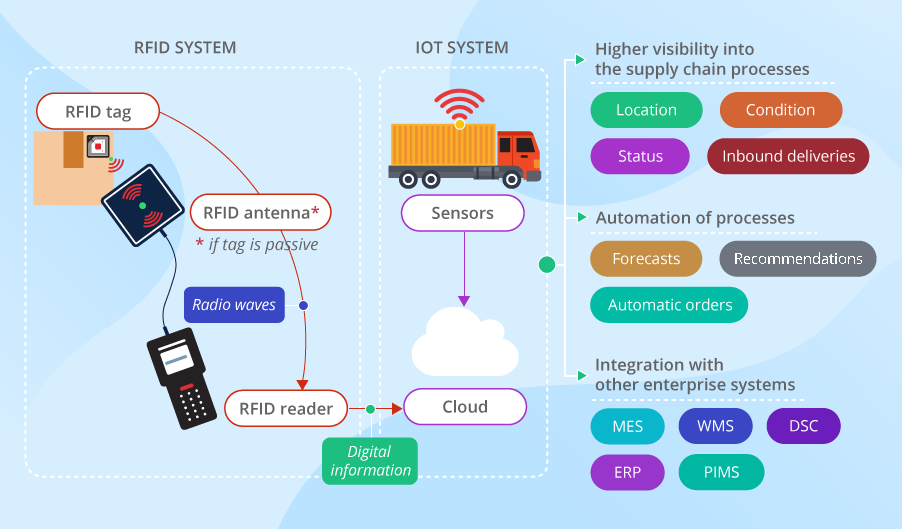🎣 Breaking Down The $10T Problem In Logistics + This Week's Carrier Pick
We sat down with Nate Johnson, the CEO of GLCS, to unpack the critical role of authenticity in leadership and what it really takes to stay ahead of cyber threats. Plus, our featured carrier this week.









